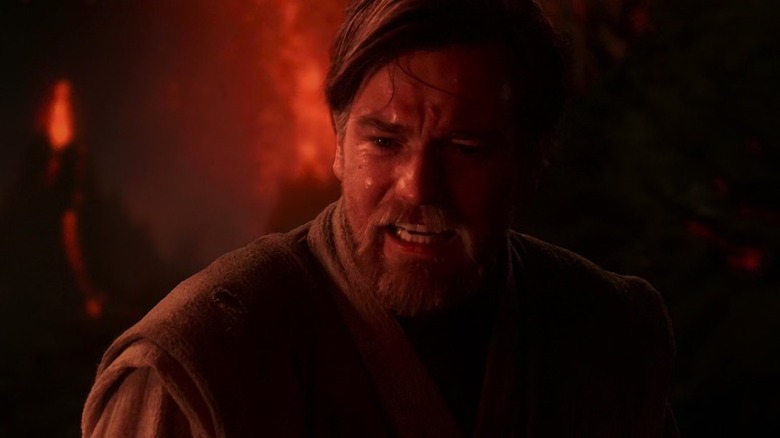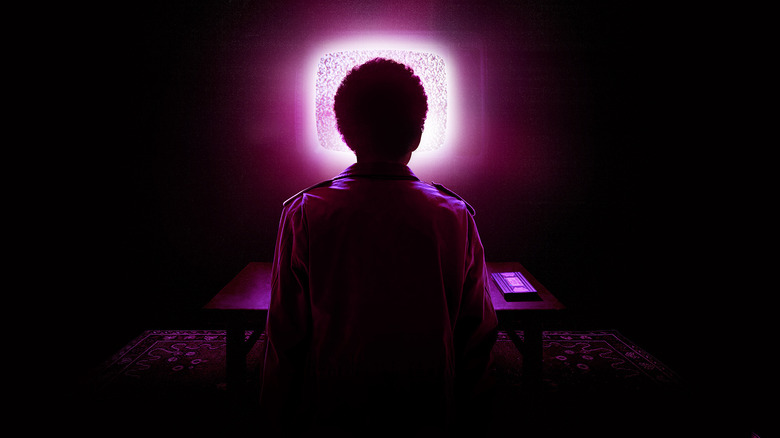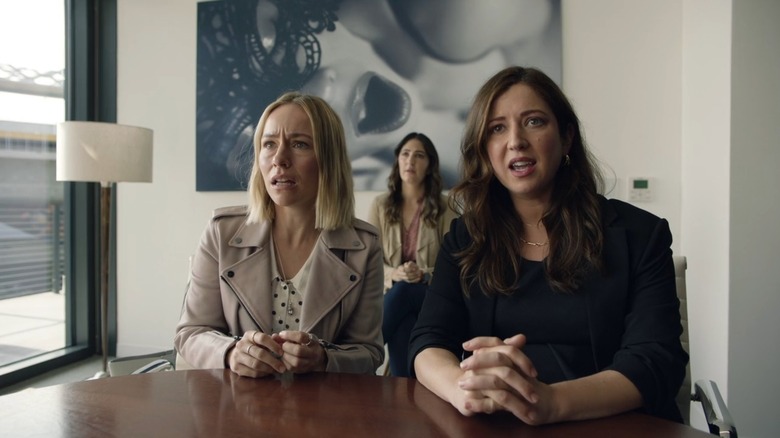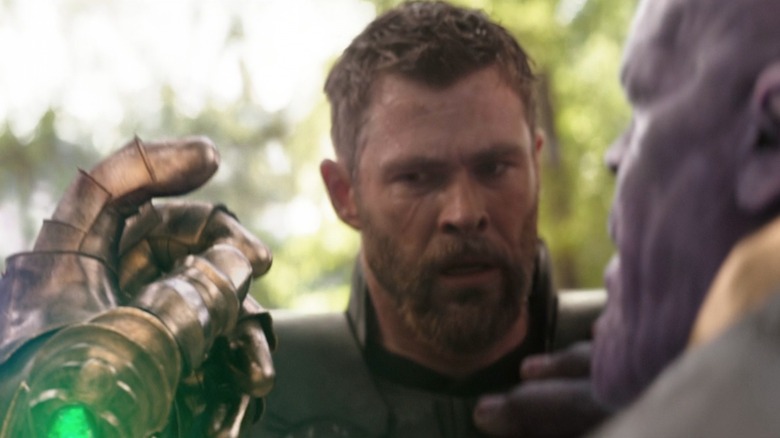It's Official: Streaming Is Now Just Cable, But Somehow Much Worse
Man, we didn't know how good we had it, did we? For those of us who grew up watching cable TV as a simple matter of course, looking back on what we took for granted might as well feel like taking a peek at an alternate dimension. Receiving access to dozens (and eventually hundreds) of channels for a flat monthly rate? In an environment that allowed movies to receive a second wind and thrive after their theatrical run came to a close? Giving countless television shows a chance to grow their viewership over time? All while writers and directors were paid the residuals they deserved every time their work aired? In this economy???
Nobody should ever make the mistake of confusing capitalism for innovation, but the streaming era has certainly put to bed any notion that the tech industry is on the cutting edge of new, game-changing ideas. To wit: the recent news that Disney and Warner Bros. Discovery are teaming up to bundle their respective streaming services together, basically reinventing the wheel in a pale imitation of what cable already offered. Not to be outdone, however, the latest development (courtesy of Variety) indicates that Comcast is now wading into the fray to launch its own competing bundle with Peacock, Netflix, and Apple TV+ for what's described as "...a vastly reduced price [compared] to anything in the market today." (Notably, nobody clarified any actual pricing details.)
Is this the next step in the evolution of streaming, or are we just continuing to go backwards with an inferior product? Here's why we're convinced that streaming has now just become cable ... except much, much worse.
An inferior viewing experience
Streaming can't be that bad, right? Viewers at home now have the ability to find thousands upon thousands of titles at their fingertips, making film and television more accessible now than arguably any other moment in history. Savvy filmmakers continue to take full advantage of platforms like Netflix and Apple TV+, which give the opportunity to make the kinds of bold yet risky features that traditional studios have suddenly become terrified to produce and distribute for the big screen. And best of all, we're able to enjoy such convenience without the intrusion of pesky ads and commercial breaks. It's a win-win-win ... isn't it?
Well, if only it were that simple. Disney, WBD, and Comcast would love nothing more than to have customers believe that their respective streaming bundles are the inevitable next step to a brighter and more viewer-friendly experience, but that's not quite the case. For one thing, our media landscape remains just as fractured as ever. Rather than having a smorgasbord of options laid out right in front of us, as was the case during the days of cable, the reality is working-class families still need to shell out more money for access to increasingly splintered entertainment choices. Want to curl up with comfort-food viewing after a long day of work? Well, "Abbott Elementary" fans, "Fallout" obsessives, and those of us going through "Brooklyn Nine-Nine" all over again better be prepared to purchase three separate — and pricey — bundling subscriptions.
Oh, and despite all that money already down the drain, you're still expected to foot the increasingly expensive bill to go ad-free (which, of course, was supposed to be the entire point of streaming). We're supposed to believe that bundling is the cost-effective future? Let's just say that we remain highly skeptical.
Streaming, as always, is unfair to artists
Hey, so remember when those two industry-disrupting strikes were making headlines all over the place, emphasizing the need to overhaul what had become a wildly artist-unfriendly environment as a direct result of streaming gaining prominence over the last few decades? While the overall results of the WGA and SAG-AFTRA strikes were a win for everybody involved (even you!), in some ways it almost feels like we're right back where we started. Why? Look no further than the fact that a major sticking point in the negotiations for both actors and writers had to do with residuals, long considered the lifeblood for artists who depended on such recurring income to make a living in this unforgiving field. The cable system, while not without its drawbacks, at least provided a tangible method to measure viewership numbers and thus compensate talent down the line for allowing networks to profit off those ratings.
Not so with the current streaming model, let alone this bundling trend that streamers are now attempting to set up as the Next Big Thing. Although artists made important gains in terms of residuals as a result of last year's labor movement, it's become an online meme that streaming services would rather sabotage the entire industry rather than pay artists what they're actually worth. It should come as no surprise that the cutthroat world of tech, which prioritizes the bottom line and perpetually increasing profits above all else, would apply the same ruthlessness to the entertainment business. By bundling multiple different platforms into one package, you can bet that these executives will exploit any and all loopholes in the new labor agreement (which may not have anticipated such a pivot) to avoid paying storytellers what they're worth.
There are still no guarantees in streaming
Make no mistake: Streaming is an endlessly malleable and changeable medium, meaning even our favorite movies and shows can be Thanos-snapped out of existence at the drop of a hat. That hasn't stopped conglomerates like Comcast or Disney from touting the illusion of permanence with their vast libraries — in the Disney+/Hulu/Max joint announcement, one statement read, "This incredible new partnership puts subscribers first, giving them access to blockbuster films, originals, and three massive libraries featuring the very best brands and entertainment in streaming today" — as if various titles will always remain available for subscribers whenever they want. Recent history with WBD CEO David Zaslav's particularly extreme cost-cutting tactics, to say nothing of the streamers' insidious habit of removing their own "content" permanently and without any warning whatsoever, emphatically proves that the truth couldn't be more different.
Why would any of this change with streaming bundles? In fact, this only makes the risk/reward factor for consumers even less appealing than it already was; subscribers now have to contend with the possibility of multiple streaming services doing away with titles whenever they wished, regardless of popularity or demand. This bundling strategy is a rare instance where an ostensibly "subscriber-first" option really only makes sense from the perspective of streamers. In an age where "churn" remains the biggest threat to their bottom line (i.e. users who tend to cancel their subscriptions at the end of the month), it's logical to force consumers to commit to more services for what will almost certainly be longer periods of time. That doesn't help any of us, obviously, but at least stockholders will be happy!
After all that hype, the streaming revolution has led us back to an inferior version of cable. Why does that sound so familiar?



